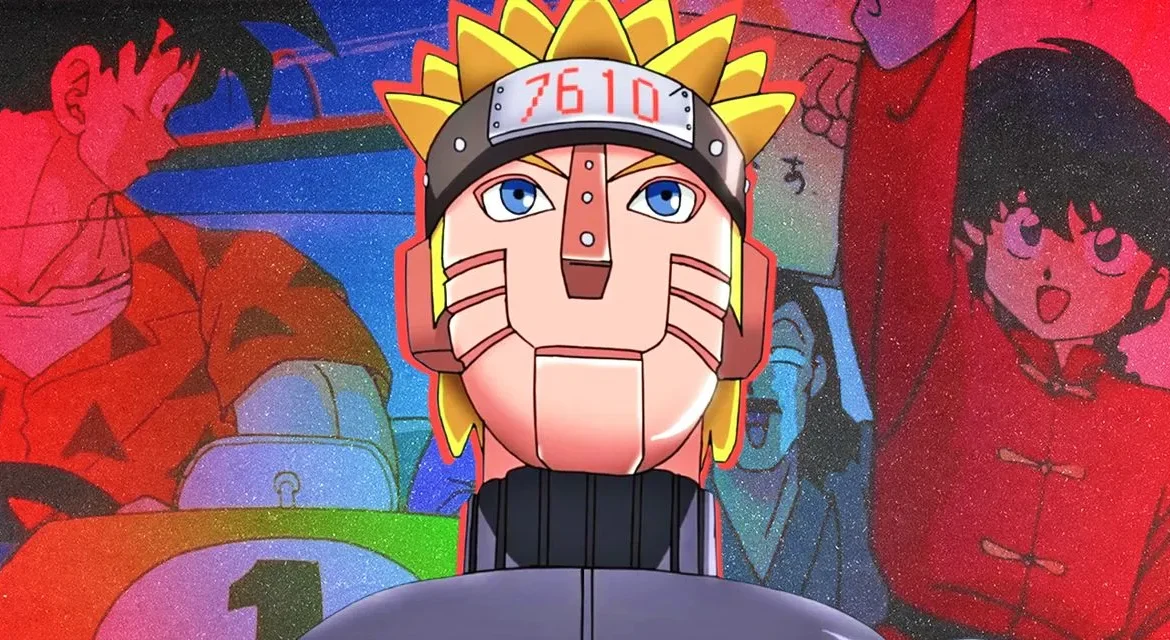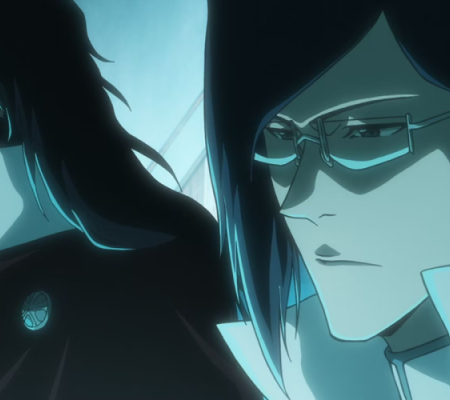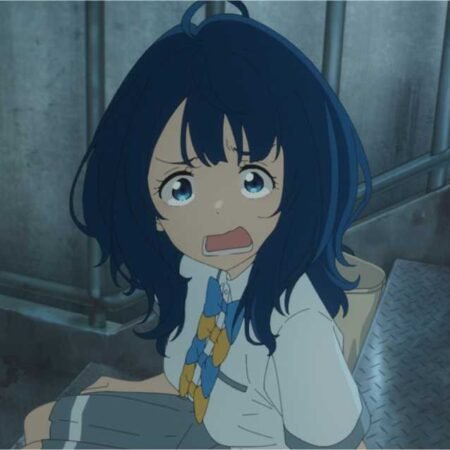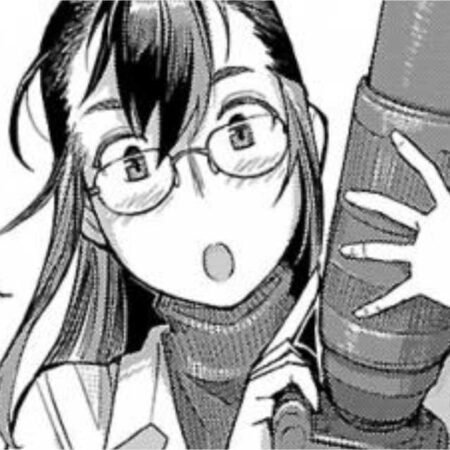Anime admirers today experience a reality very different from that of fans in the 80s and 90s. Remembering the days when Naruto episodes were divided into parts on YouTube or the anxious wait for new chapters on Toonami, seems like something from a distant past.
With the arrival of streaming platforms like Crunchyroll and Funimation, access to anime has become easier and more comprehensive. The anime fan community has expanded significantly, with a notable increase in conventions and online spaces. These days, being an anime fan outside of Japan is an enriching and accessible experience.
The new generation of anime fans is faced with a peculiarity: the era of twelve-episode seasons, where every moment is crucial and aligned with the source material. Animes like “My Hero Academia” exemplify this, with very few filler episodes, those that do not directly contribute to the main plot. This raises the question: why did old anime have so many fillers?
The Purpose of Fillers in Classic Anime
Fillers had multiple functions. They were non-canonical stories inserted to ‘fill’ time and extend the length of the seasons. Many animes were not original works, but adaptations of mangas still in publication. The weekly production of anime often surpassed the publication of manga, leading to a dilemma: slow down the plot, create new narrative arcs, or adapt what was available and add original content. Notable examples include “Fullmetal Alchemist” (2003) and the original “Hellsing”, which later spawned more faithful adaptations of the source material.
In addition to being a practical solution, fillers also offered creators the chance to further explore characters and their interactions. Episodes like the famous driving test in “Dragon Ball Z” are remembered fondly by fans, despite being completely absent in the manga.
The Switch to Twelve-Episode Seasons
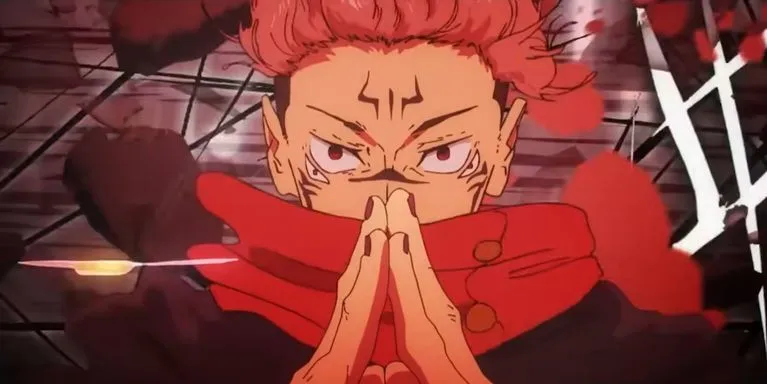
The anime industry has undergone a significant transformation in recent decades. The popularity of series with high-quality animation and memorable soundtracks has grown exponentially. The move to shorter, more financially viable twelve-episode seasons allowed studios to evaluate the success of a series before investing in longer productions. This format also reduced the need for fillers, balancing the adaptation of the original material with the availability of content.
Diversity in Current Seasons
While some animes, such as “One Piece” and “Boruto”, continue with extensive productions, most current series follow the short season model. Each year is divided into four three-month seasons, with weekly releases. This does not exclude the possibility of 24-episode series, which can be divided into two parts, with a break between them.
For many fans accustomed to longer series, adapting to 12-episode anime can be a challenge. Depending on the series, the narrative may require more than the standard format for a complete and satisfactory adaptation of a narrative arc.
Conclusion
The evolution of anime reflects cultural and technological changes, as well as industry practices. Fillers, although sometimes frustrating, are an important part of the anime’s story, playing a crucial role in its development. Today, the trend is toward shorter, more focused seasons, but the rich history of anime and its impact remains alive in fans’ memories and current industry practices.
